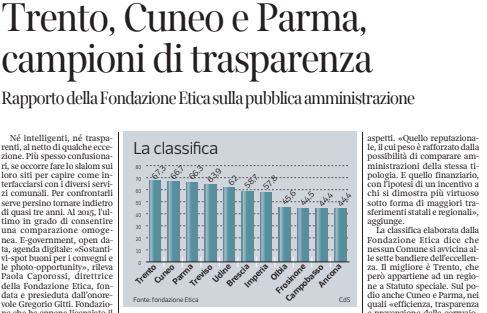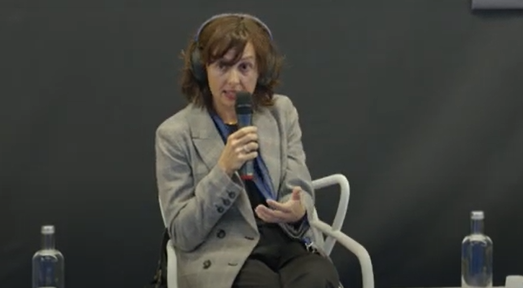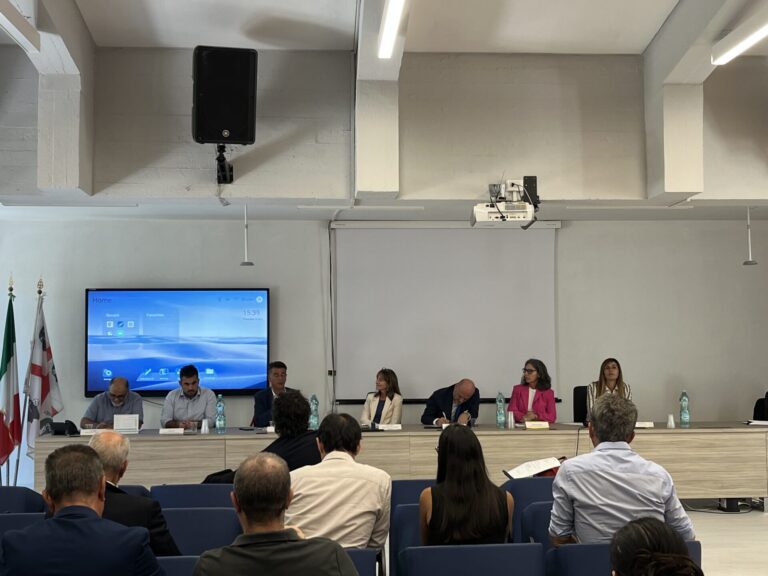
Neither intelligent, nor transparent, net of a few exceptions. More often confusing, if it is necessary to slalom on their sites to understand how to interface with the various municipal services. To compare them you even need to go back almost three years. As at 2015, the last one capable of allowing a homogeneous comparison. E-government, open data, digital agenda: «Nouns-ads good for conferences and photo-opportunities», notes Paola Caporossi, director of the Ethics Foundation, founded and chaired by Gregorio Gitti. Foundation that has just released the second report on the public rating of the Municipalities. A public administration due diligence tool. A survey of their performance in terms of government structure, budget data, personnel management, services and relations with citizens, contracts and relations with suppliers, environmental behaviour.
The municipal report cards, also mentioned by the World Bank in a recent case study, are compiled by comparing data from at least six different databases: Ministry of Finance, Court of Auditors, Istat, Anac, Ministry of Public Administration, Ministry of the Interior . The public rating has been identified as one of the criteria that the European Union should use in negotiating the distribution of resources for territorial cohesion over the next seven years. This is why the Presidency of the Council - pending the new government - signed an agreement to adopt the rating to stimulate virtuous behavior on the part of local authorities. And Banca Sistema did the same, which intends to use it to decide whether to advance the credits of companies to the public administration.
Caporossi says that "in order to improve the public machinery, we need not so much deterrents as incentives, i.e. concrete reasons to convince the Municipalities to be more transparent and efficient". Above all, two aspects play a role. «The reputational one, the weight of which is strengthened by the possibility of comparing administrations of the same type. And the financial one, with the hypothesis of an incentive for those who prove to be more virtuous in the form of greater state and regional transfers», he adds.
The ranking drawn up by the Ethical Foundation says that no Municipality comes close to the seven flags of excellence. The best is Trento, which however belongs to a region with a special statute. On the podium also Cuneo and Parma, in which «efficiency, transparency and prevention of corruption appear to be acquired traits of their institutional physiognomy», explains Caporossi. What conditions is the economic dimension. The Municipalities with the highest per capita taxable income are those that have obtained the highest public rating, with the exception of Aosta and, in some respects, also of Imperia. The last place belongs instead to the Municipality of Salerno. Surprising result, considering the image of efficiency that the local administration has managed to give in recent years, when it was led by the governor of the Campania region, Vincenzo De Luca.





